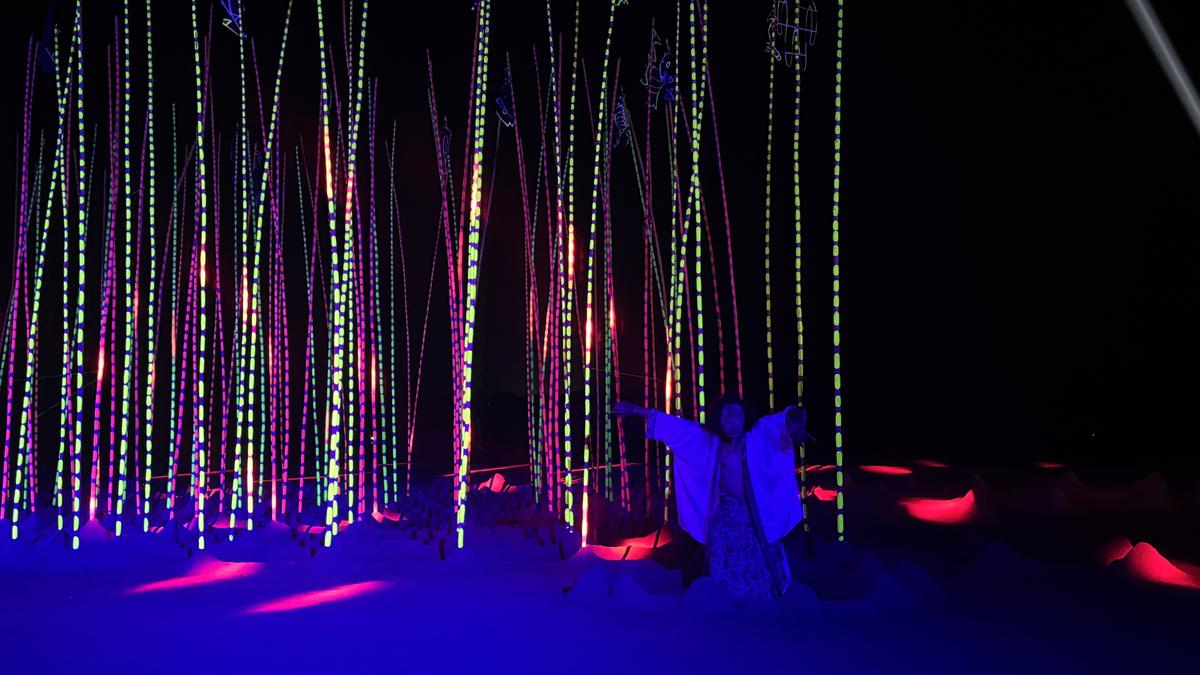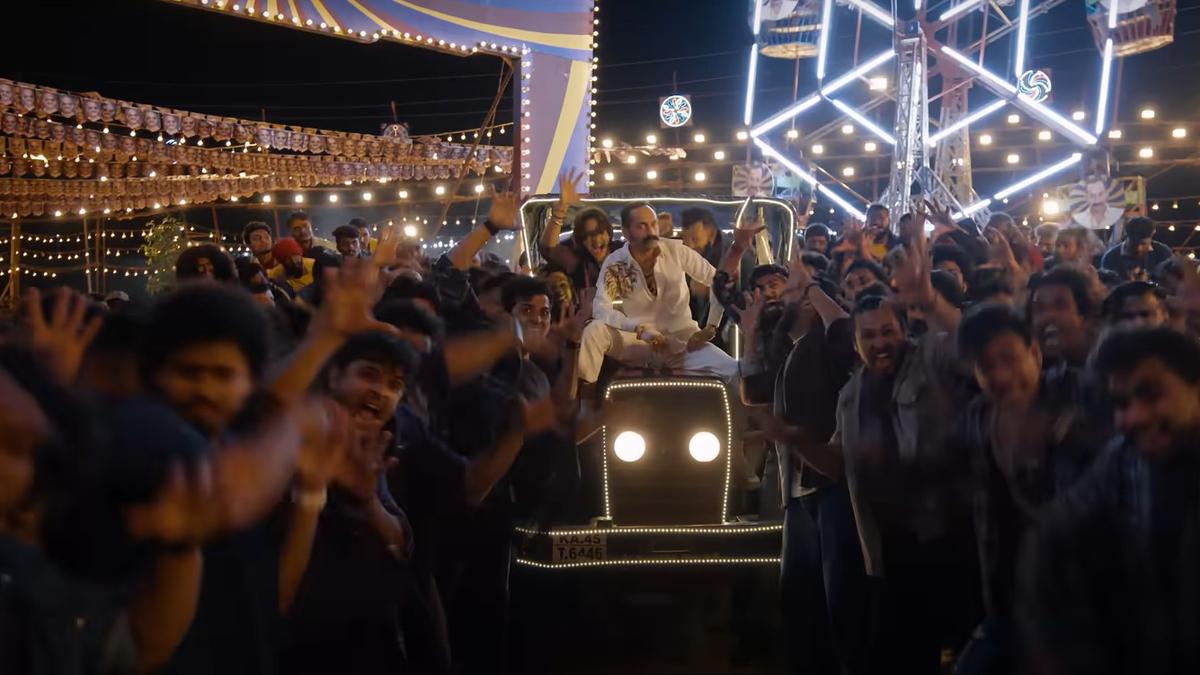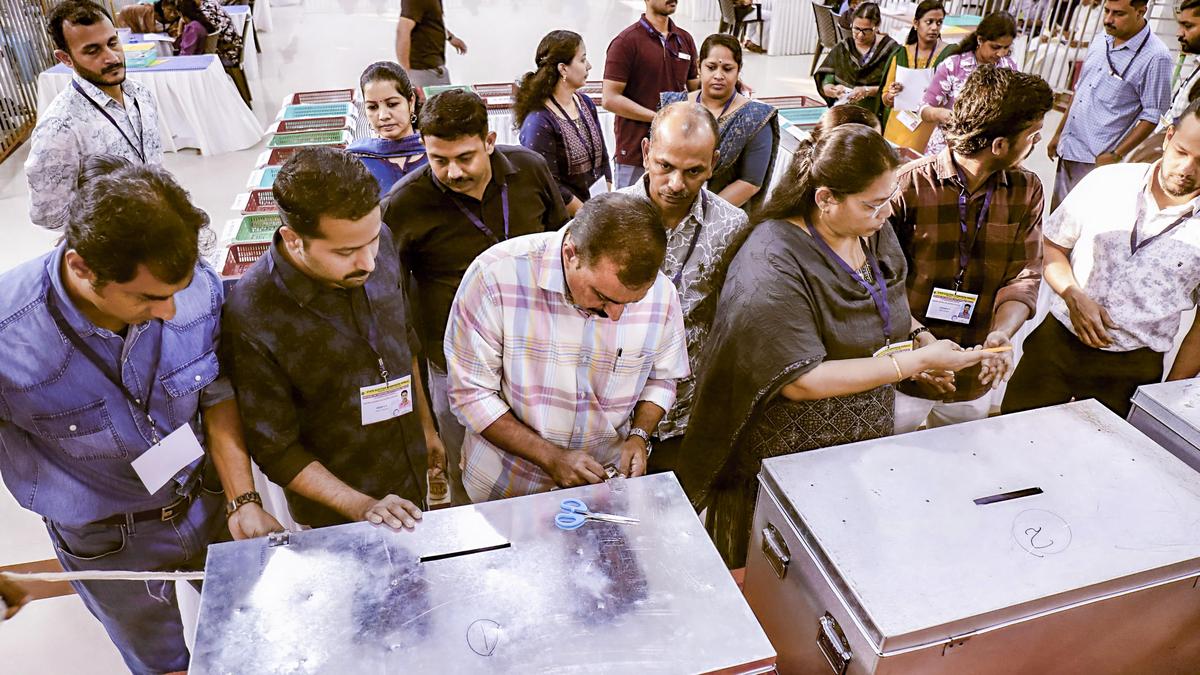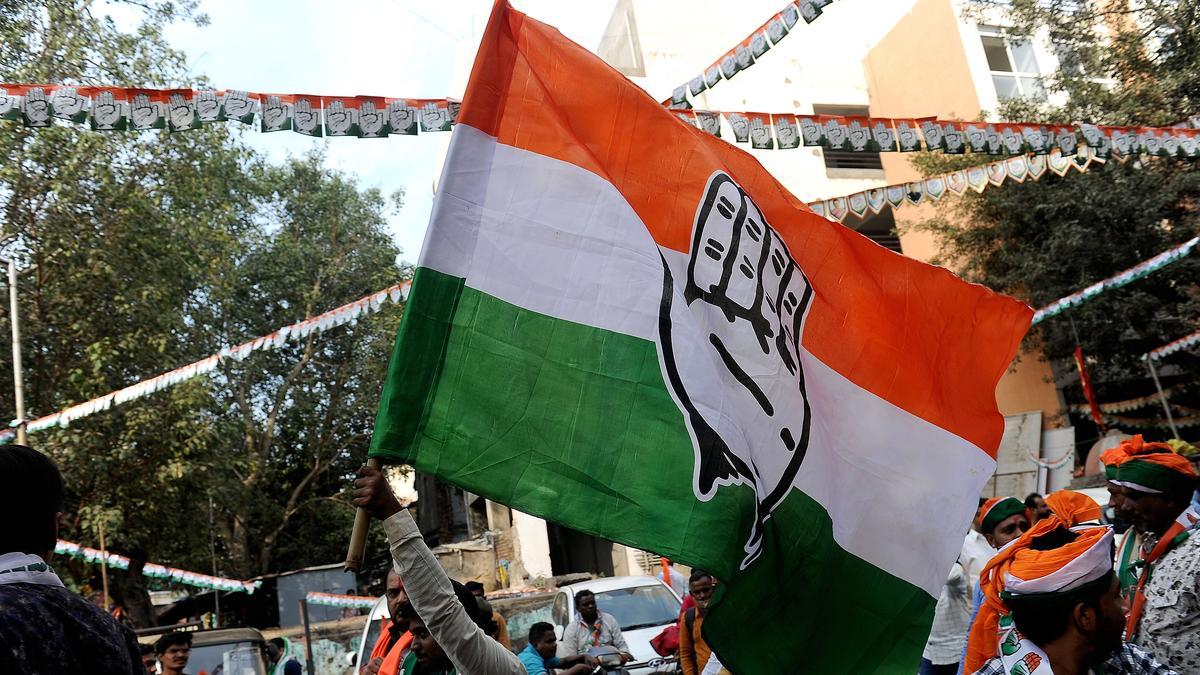This year’s Serendipity Arts Festival (SAF) was significant in showing people who came from outside the State — ‘the outsiders’ — what Panaji is, in its best parts. The multi-disciplinary festival, at 14 locations, across a 5-kilometre area, brought together 1,800 visual and performing artists and artisans from across India and some from abroad, to exhibit, perform, workshop, and talk about their work last month.
The best way to get from one festival location to the other was on foot, taking a few moments to sit on the parapet to look at the Mandovi — the water and the floating casinos. The next best was the shuttle car (with poetry readers in some cars).
Marrying the arts and heritage
The centrepiece of SAF was the Old Government Medical College (GMC). The building came up in the 1920s, says Vishvesh Prabhakar Kandolkar, associate professor at the Goa College of Architecture. Designed by Goan architect Ramachondra Mangesh Adwalpalkar and built by local contractor Madevá Sinai Bobó e Calculó, it “was a product of its time”, drawing inspiration from hospitals being built in British India. The neoclassical structure, constructed using locally available soft red laterite stone, was lime-plastered and predominantly painted yellow. “There was an unwritten rule in Portuguese-ruled Goa that only churches could be fully white,” Khandolkar adds.
The working hospital was shifted out, and in 2007, there were plans to turn it into a shopping mall, “…except for an unlikely activist intervention in the form of Aparanta, an art exhibition curated by Ranjit Hoskote”, reports Goa’s 124-year-old newspaper O Heraldo. Then in 2015, there was talk of the Goa government planning to shift the Goa State Museum into the building, but nothing came of it.
“I remember coming to Goa in 2015 [to plan SAF], crossing it, and saying what a beautiful building it was,” says Smriti Rajgarhia, the director of SAF, and an architect by education. The following year, the Old GMC became a part of the festival’s inaugural edition.
At the Old GMC
Today, it sees the highest footfalls for SAF. The long verandas open into a series of rooms, and during the recent edition, each exhibited a different artist. On the ground floor was Multiplay, curated by the Gurugram-based artist duo Thukral and Tagra. Next door, at an immersive Indigo Flower installation, visitors wore over-shoes to walk on a canvas of indigo, taking in its herby smell from vats of dye. They footprint their way to a future project — the marks on the canvas forming unintentional designs. “Indigo is immortal,” says textile designer Adheep A.K., who works with Himanshu Shani, of the 11:11 brand of clothes. “Even after 100 years, the pigment can be transferred onto another cloth or garment.” It’s how the exhibit fit into the GMC: both have long lives, and a colonial history.
Indigo Flower
A street full of history
Adjoining the Old GMC is the Maquinez Palace, which housed a theatre for performances and a series of galleries in December. Originally built in the early 1700s, it belonged to two brothers before being repurposed in 1842 by the government to establish the Escola Médico-Cirúrgica de Goa, Asia’s second-oldest medical school.
Unfortunately, the festival doesn’t put out a detailed history of the buildings. “For the 10th year [in 2025] we plan to get researchers on board to do this,” says Rajgarhia.
Down this stretch of road along the Mandovi river, extending no more than 800 metres, are several historical structures, including the Adil Shah’s Palace, built around the 1500s blending Indian and Islamic architecture — with arches and open spaces. It once housed Goa’s Legislative Assembly. The tree-lined promenade also features key Portuguese-era buildings, such as the Collectorate, the Customs House, and the Kala Academy, designed by architect Charles Correa and built in the 1970s.
Every venue of the SAF can take a person in a different direction of exploration: the Art Park with children’s and public art projects, could result in a walk down to the river; while Samba Square next to the Church of Immaculate Conception that had an exhibit dedicated to Ladakh’s landscape and life, could lead to a wander into the market lanes.
A matter of access
Writer-poet and disability rights campaigner Salil Chaturvedi, who is a wheelchair user, was appointed the curator for access for the disabled. “We started with a disability audit by the Bengaluru-based Disability and Equal Opportunity Centre,” he says. “Each disability has a different need, but the idea was to bring people together.” There was an audio description workshop to help blind people experience a play, for instance. Since stair lifts cannot be added in older buildings with landings, wheelchairs with caterpillar wheels were provided in a few locations. They “catered for things like a registration desk at the height of a wheelchair”. And 15 pieces of tactile art by the Institute of Art and Design, Delhi, were done specifically for people with blindness, after visiting a blind school. In addition, labels of these and other tactile artwork were in Braille.
Salil Chaturvedi
The search for old and new
Each year, there’s a hunt for new venues. This year, two significant ones were the Directorate of Accounts, a 19th century structure, and the beach. At the former, another yellow building, much like the GMC, there are long corridors connecting rooms and solid wood banisters, the sides of which have modern wood laminates, showing the passage of time.
Inside the Directorate of Accounts
Most of the department has shifted to another location, but some staff was still there on the ground floor, surrounded by files. They hadn’t been upstairs yet, uncurious about their old office. But Rajgarhia says in the past, 75% of the footfall has been from the residents of Goa.
At the Caranzalem beach, people from the areas around drifted in to watch Littoral States of Being, curated by Chennai-based dancer Preeti Athreya. “We come here for a walk every day and we saw them putting the bamboo up,” says Anjum Shaikh, as her daughter plays in the sand. The “forest of bamboo poles” by Chennai artist Siva Murugan had painted poles on which light was projected in waves, mirroring the movement of the sea. “The vision of the festival has been to activate the city. Every time you move from one venue to another, there is an experience of a different side of life,” states Athreya.
On a boat, as the sun set over the Mandovi, musicians performed River Raags. Singer Vidya Shah, who took everyone on an hour-long journey of Begum Akhtar’s lyricism, says this location was her dream come true. On one side are centuries-old Mangalore-tiled Goan homes; on the other, floating casinos. The old and the new, and Goa’s syncretic cultures coming together on a boat.
Published – January 03, 2025 11:11 am IST






